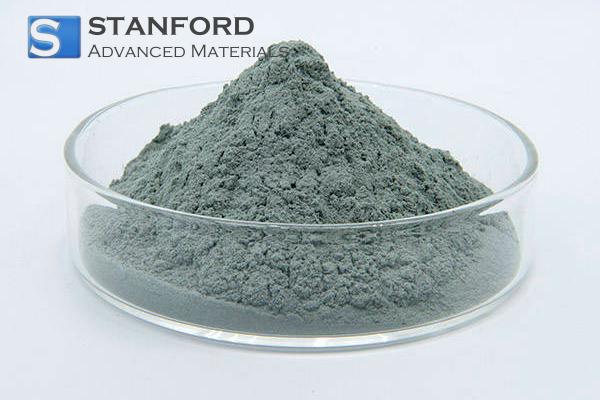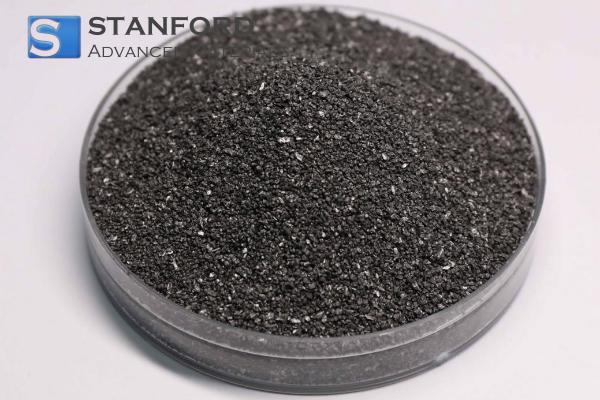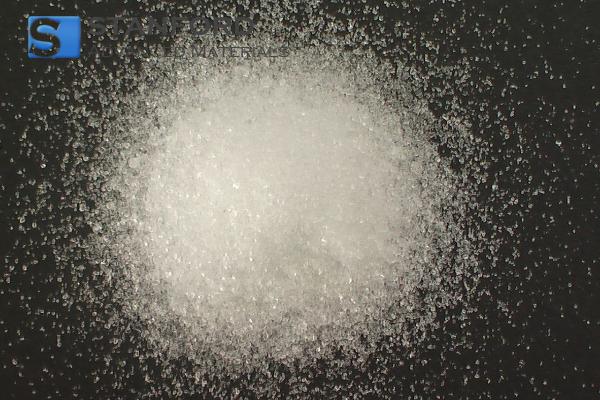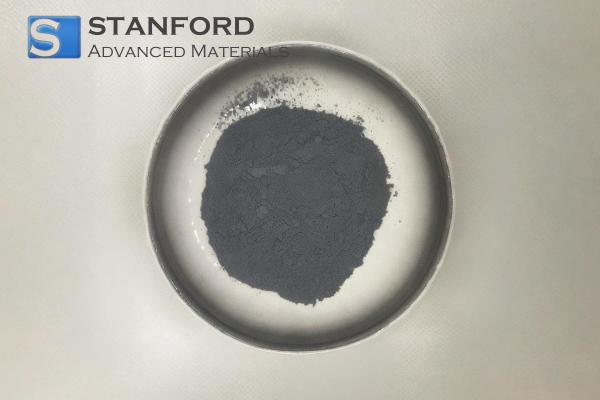Phase Diagrams: Types And Examples
Introduction to Phase Diagrams
In chemistry and materials science, few tools are as powerful and informative as the phase diagram. It provides a visual roadmap of how a substance behaves under different combinations of temperature and pressure. Whether you are analysing how water turns into steam, how steel hardens, or how silicon melts during semiconductor fabrication, phase diagrams reveal the underlying physics that guide these transformations.
By mapping the boundaries between solid, liquid, and gas phases, scientists and engineers can predict the response of a material upon heating, cooling, or compression. In metallurgical industries to chemical processing industries, phase diagrams are crucial for designing stable materials and efficient production routes.
Types of Phase Diagrams
Not all phase diagrams are alike—each serves a different purpose depending on the complexity of the system.
• Unary (Single-component) diagrams show the pressure, temperature, and phase relation for a pure material. The most common example is the water phase diagram, which plots the solid (ice), liquid (water), and vapour regions.
• Binary phase diagrams depict two-component systems such as copper–nickel or iron–carbon. These are particularly important in metallurgy, where the composition of an alloy has direct implications on hardness, strength, and melting behaviour.
• Ternary phase diagrams, i.e., three components, are used in more complex materials such as ceramics, glasses, or multi-phase alloys. Ternary phase diagrams help scientists understand how various ratios of components affect stability and phase distribution.
One predicts what phase or phases will exist under a given set of conditions—essential for research and industrial applications.
The States of Matter
In order to grasp phase diagrams, one must go back to the fundamental states of matter—solid, liquid, and gas—and how they react to temperature and pressure changes.
• Solid: Molecules are held closely together and oscillate in place. Solids possess definite shape and volume, are dense, and possess low entropy. For example, ice is solid at 0 °C and 1 atm due to hydrogen bonds maintaining water molecules in fixed structure.
• Liquid: Molecules can move more freely, allowing liquids to flow but not change volume. A good example is water at 25 °C and 1 atm—it occupies the container's shape but is incompressible.
• Gas: Molecules are far apart and move rapidly. Gases have neither a definite shape nor volume and are highly compressible. Water vapour at 100 °C and 1 atm exhibit this condition, which has high entropy and molecular mobility.
Key Features of Phase Diagrams
There are several characteristic features in every phase diagram that enable material behaviour to be read.
• Triple Point: The unique set of conditions where solid, liquid, and gaseous states coexist in equilibrium. For water, this is 0.01 °C and 0.006 atm—a condition that allows all three states to coexist at the same time.
• Temperature and liquid pressure above which the liquid and gas phases cease to be separate and, instead, exist as a supercritical fluid. For water, this is at 374 °C and 218 atm. Supercritical fluids possess some properties of liquids and gases and are used in advanced extraction and purification processes.
• Phase Boundaries: Curves or lines that demark phases. Crossing a line or curve leads to a change of phase—melting, boiling, or sublimation—occurring.
Together, these features give scientists a complete picture of material stability and change as a result of changing environmental conditions.
Significance of Phase Diagrams
Phase diagrams hold basic uses across science and industry.
• Materials Science and Metallurgy: In steel-making, the iron–carbon phase diagram determines the effects of heat treatment and composition on hardness and ductility. For example, the addition of 0.8% carbon and quenching transforms steel into martensite, a hard but brittle phase. It is possible to achieve softer, more ductile microstructures like ferrite and pearlite by varying the cooling rates.
• Chemical Engineering: Phase diagrams dictate separation effectiveness in distillation. For instance, the binary phase diagram of ethanol–water indicates the azeotropic composition (95.6% ethanol), beyond which normal distillation cannot eliminate further impurities from the mixture.
• Electronics and Semiconductors: Silicon and germanium phase diagrams, for instance, are utilised to determine melting points and solidification characteristics—essential in crystal growth and wafer fabrication.
• Environmental and Meteorological Applications: Atmospheric scientists use water phase diagrams to predict cloud formation and precipitation. Vapour, liquid droplet, and ice crystal transitions under varying pressure conditions explain such phenomena as supercooled rain or snow formation.
In short, phase diagrams are not merely theoretical devices—they guide real design, construction, and environmental prediction.
Examples and Summary Table
|
Phase Region |
Characteristics |
Example Conditions |
|
Solid |
Fixed shape and volume, low entropy |
Ice at 0 °C and 1 atm |
|
Liquid |
Definite volume, shape adapts to container |
Water at 25 °C and 1 atm |
|
Gas |
No fixed shape or volume, high entropy |
Water vapour at 100 °C and 1 atm |
|
Triple Point |
All three phases coexist |
0.01 °C and 0.006 atm for water |
|
Critical Point |
Beyond this point, liquid and gas phases are indistinguishable |
374 °C and 218 atm for water |
The phase diagram of water is particularly well known because of its strange quirks. To mention one example, ice melts at lower temperatures at higher pressure—a property in contrast to most substances. That behaviour is what allows ice skating to work: pressure under the blade melts the ice ever so slightly and creates a thin lubricating film.
For metals, the binary copper–nickel diagram indicates complete solubility in all compositions, making the formation of alloys with specifically designed strength and corrosion resistance possible. In contrast, the lead–tin diagram, the basis for solder design, possesses a eutectic at 183 °C—the lowest melting point for that mixture—and is thus suitable for soldering electronic components.
For More Information
For detailed information regarding phase diagrams and material response to varying thermal and pressure conditions, check Stanford Advanced Materials (SAM). Technical materials on their website provide detailed information regarding ceramics, alloys, and glass systems in a wide range of industrial applications.
Frequently Asked Questions
What can I learn from a phase diagram?
A phase diagram shows a material's stable phases at different levels of temperature and pressure, enabling the prediction of melting, boiling, or crystallisation points.
Why is the triple point significant?
It is the condition where all three phases—solid, liquid, and gas—coexist in equilibrium, which is useful for thermometer calibration and study of phase transitions.
What happens at the critical point?
The distinction between liquid and gas becomes zero, forming a supercritical fluid with excellent solvating and transport properties.
Are phase diagrams applicable to mixtures?
Yes. Phase diagrams for binary and ternary systems describe the behaviour of more than a single substance, coalescing to form alloys, solutions, or compounds with unique properties.
Why are phase diagrams used in industry?
They guide processes such as alloy design, distillation, crystal growth, and ceramic sintering—ensuring materials form the desired structure and performance.

 Bars
Bars
 Beads & Spheres
Beads & Spheres
 Bolts & Nuts
Bolts & Nuts
 Crucibles
Crucibles
 Discs
Discs
 Fibers & Fabrics
Fibers & Fabrics
 Films
Films
 Flake
Flake
 Foams
Foams
 Foil
Foil
 Granules
Granules
 Honeycombs
Honeycombs
 Ink
Ink
 Laminate
Laminate
 Lumps
Lumps
 Meshes
Meshes
 Metallised Film
Metallised Film
 Plate
Plate
 Powders
Powders
 Rod
Rod
 Sheets
Sheets
 Single Crystals
Single Crystals
 Sputtering Target
Sputtering Target
 Tubes
Tubes
 Washer
Washer
 Wires
Wires
 Converters & Calculators
Converters & Calculators
 Write for Us
Write for Us





 Chin Trento
Chin Trento



